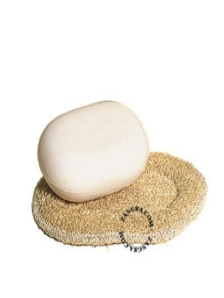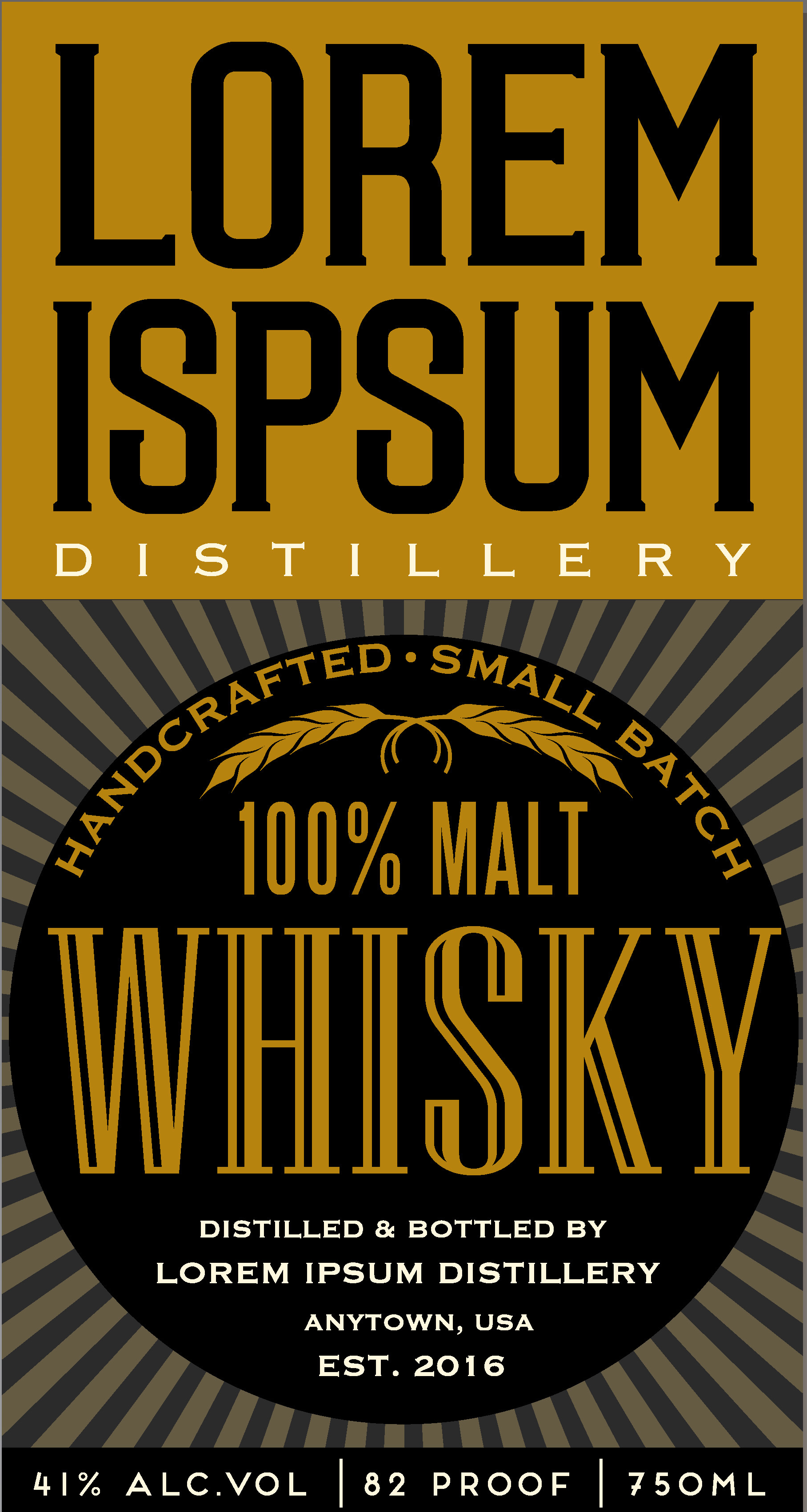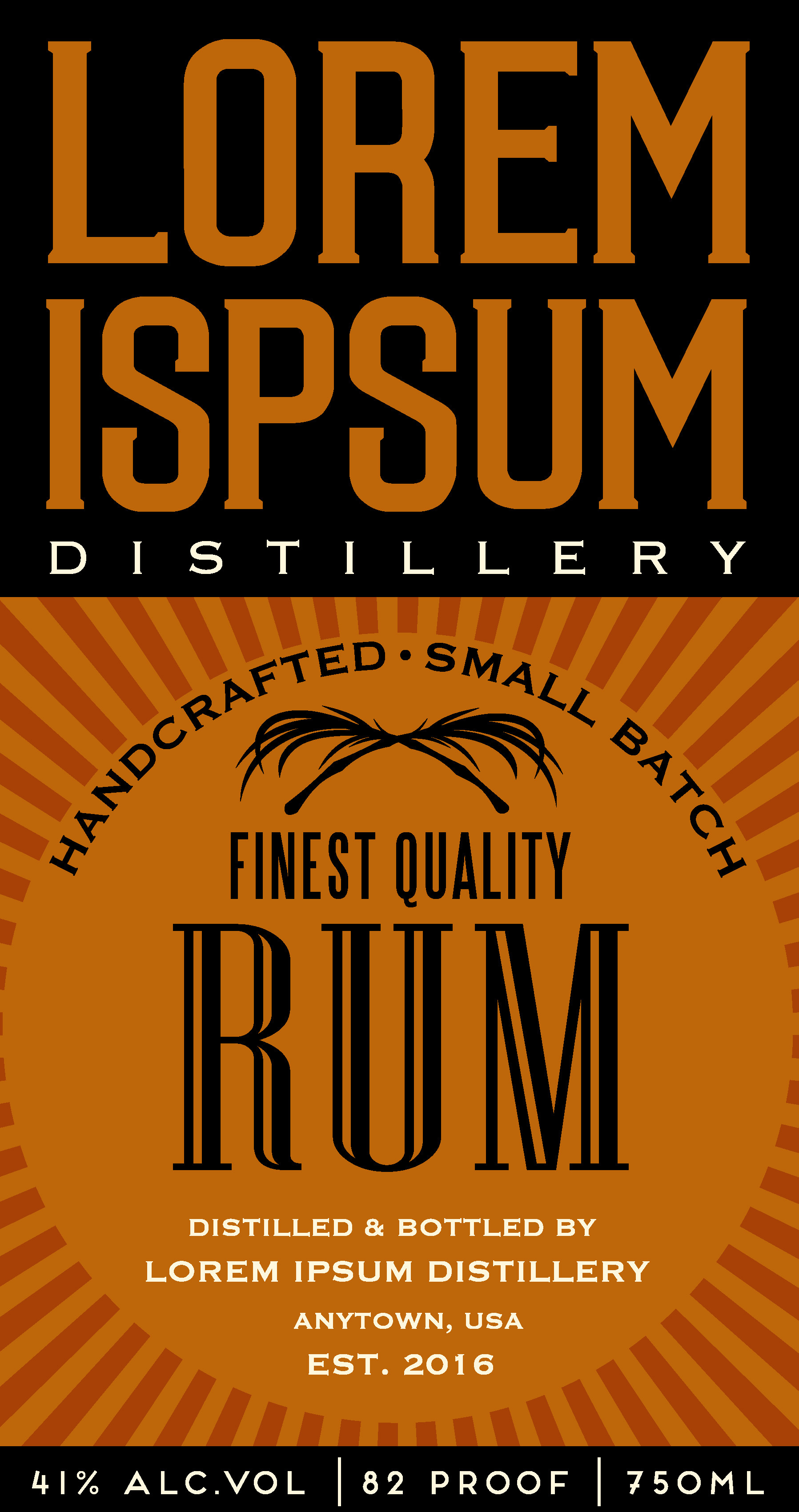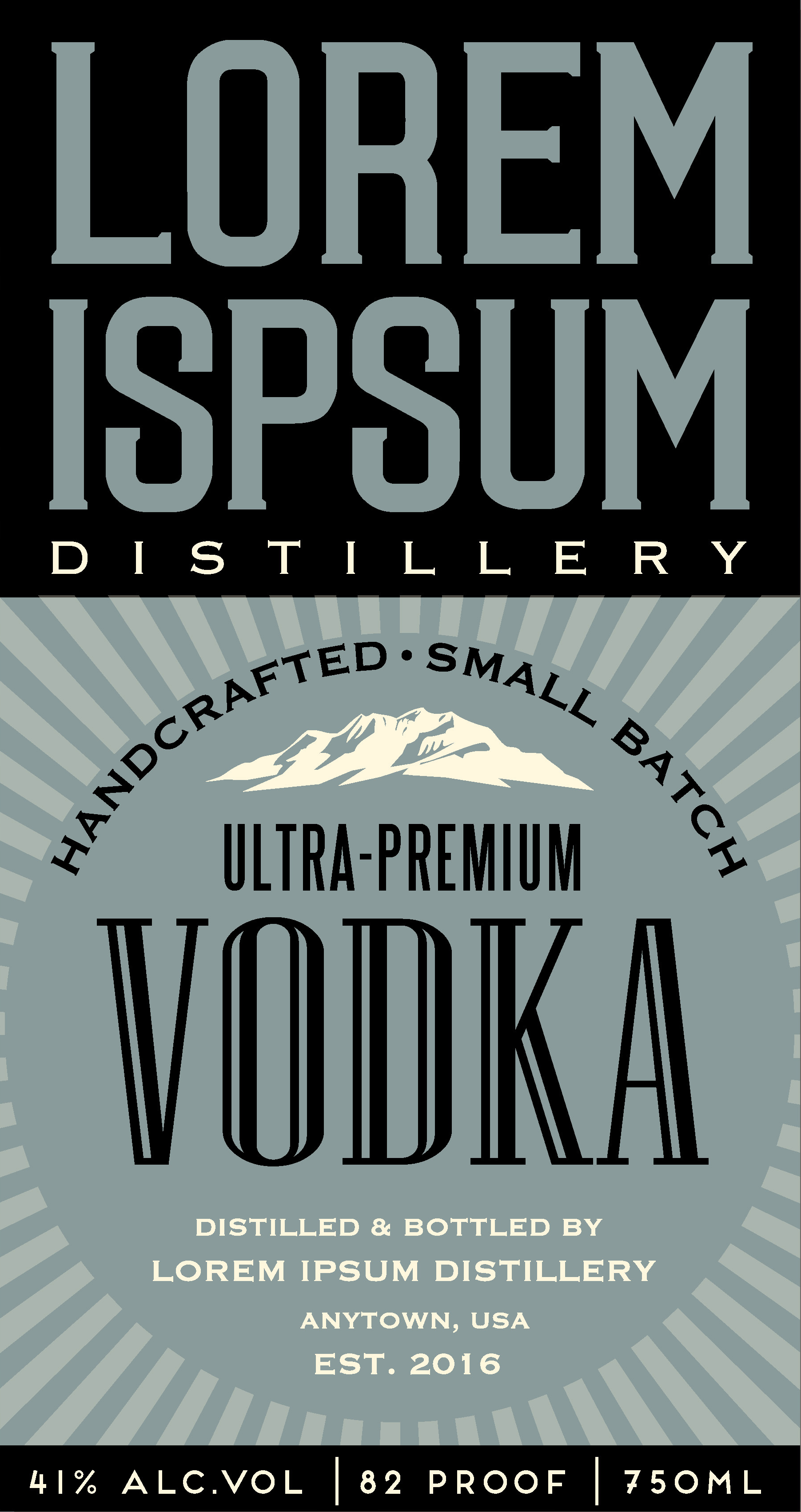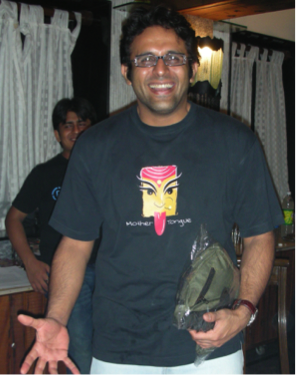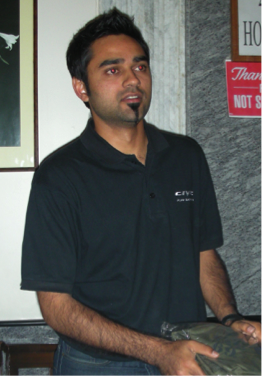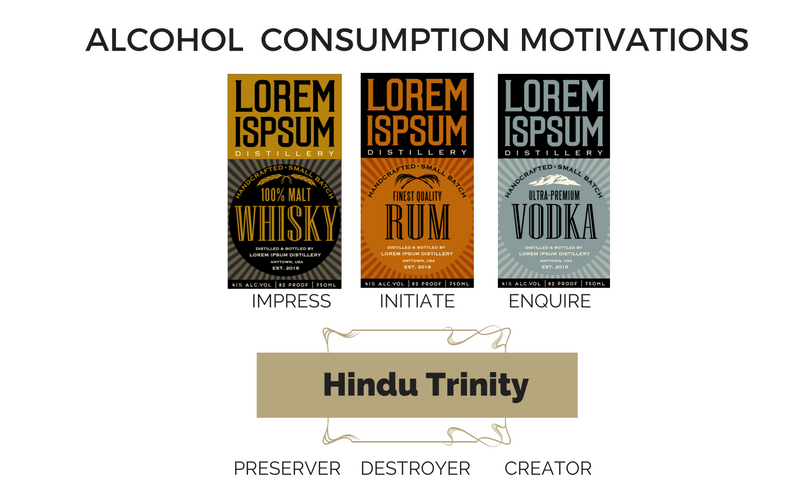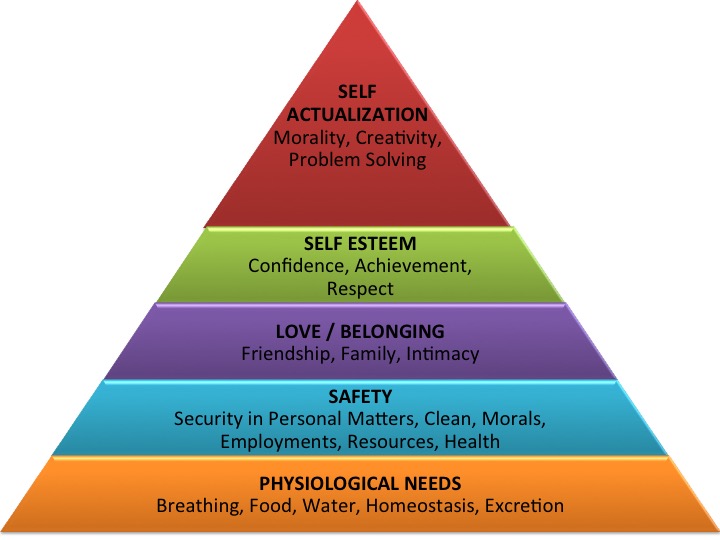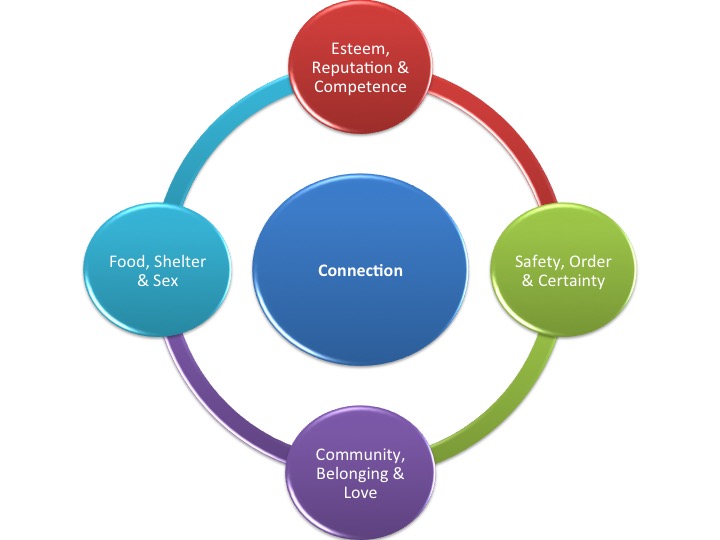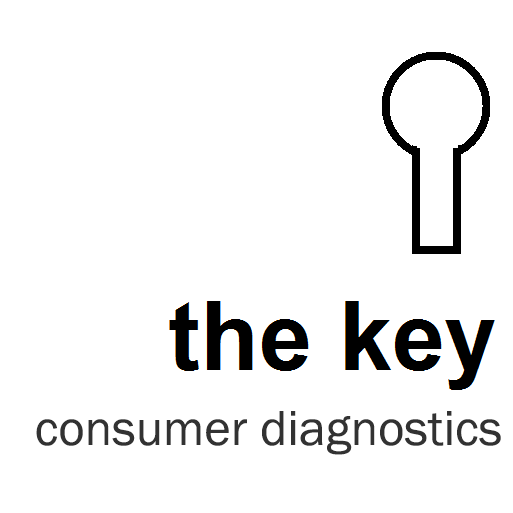Despite the resources spent on market research, nearly 80 percent of new offerings fail. The pattern is predictable: Customers say they want something, companies create it, and once it's available, customers don't buy it. Why? Is it because customers just don't know what they want? The Key’s decades of experience postulates that at some level, customers do know, but what they say must be interpreted keeping their context in mind.
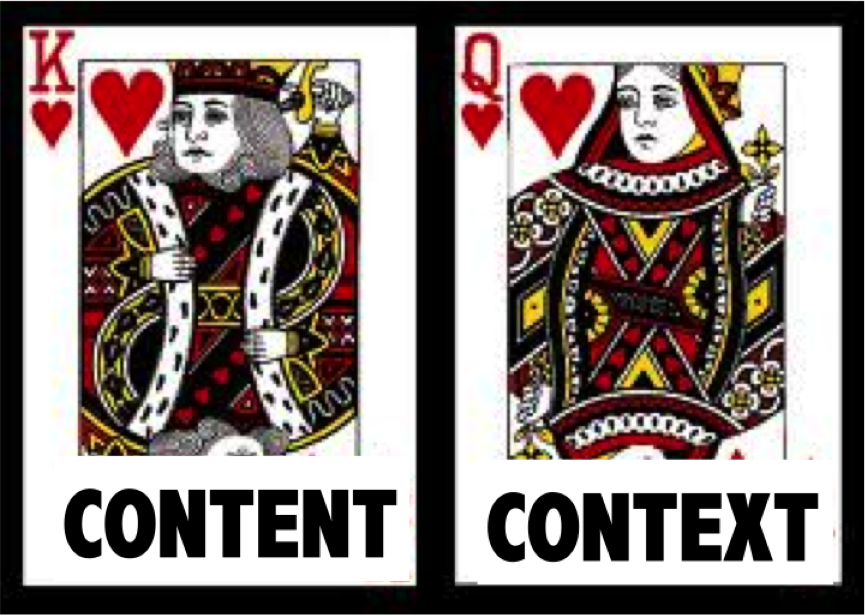
In marketing, content is King, yes, but in marketing research Queen is certainly the Context
Many marketers swear by the tenet of ‘Content is King’ – whether they are in the business of entertainment, communication or customer engagement.
The Key passionately believes that in MR, ‘Context is Queen’.
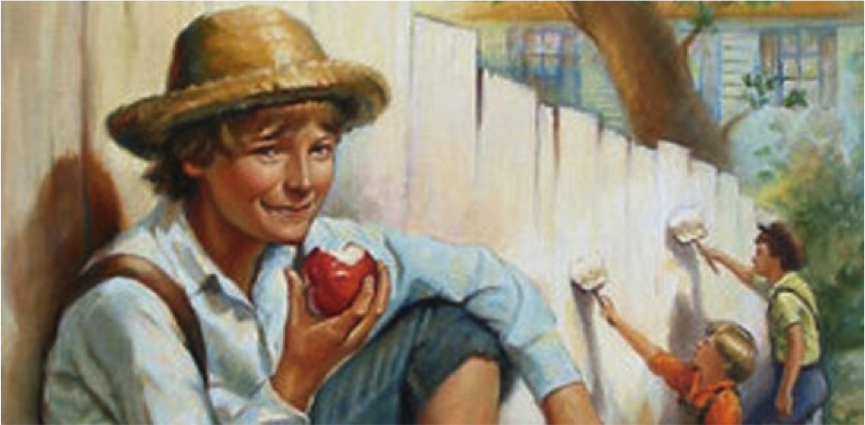
Tom Sawyer redefined the context. Painting of fence redefined as enjoyable and not grunt work
Mark Twain provides a good example of the importance of context. The fence painting that Tom Sawyer interpreted as work, and thus required pay or coercion to perform, was interpreted by the other kids as pleasure once Sawyer redefined the context of the exercise. The importance of context and human knowledge transfer will always be crucial to understanding human behavior.
The Key’s Sawyer like
redefinition of context happens every day with each new study. While doing a research amongst SEC C (lower socio economic classification) women on personal care, for example, we discovered that the unassuming nylon scrubber she uses for taking bath is not for a loofah like hedonistic experience. Hedonism and loofah belonged together with a bath gel as context of consumption. Not a bath soap. But give the luxurious loofah the context of ‘economy’ (little bit of soap, lots of lather) and suddenly one could see the loofah nestling in a SEC C bathroom along with the bath soap. The context was brought alive with The Key’s unique methodology of
Social Reporting
3 Ps of The Key that influence consumer behavior
Psychologically, our behavior is mostly influenced by three things
Our Past
– Dominant cultural and social factors influence our upbringing. The first ten years of a child’s life play a big role in his adult behavior and decision making. Small or big town one stayed in, family’s religious faith and orientation, kind of school one went to, the attitude of teachers etc – everything acts as a behavioral mooring for the adult life that follows
Our Present
– Current context of living which means the city of residence and the lifestyle we lead. The career we have chosen, the family structure we choose to live in, the political and social discourses we are exposed to etc – everything influences our current behavior and decision making where the old moorings are constantly adjusted and readjusted, but never challenged
Our Primeval Instinct
– Totality of your mind – conscious and unconscious – a basic response to stress in the form of
fight or flight! In a physical confrontation, fear forces us to chose between “fight or flight” to insure our self-preservation. In our daily social confrontations, some of us are subconsciously geared to confront and resolve while some are subconsciously averse to challenging openly and seek a diplomatic resolution.

Fight and Flight instincts in evidence while watching a horror movie
Trouble with most marketers and researchers is that they perceive these behavior defining factors in silos – bereft of the individual. So cultural insights become something as simplistic as what McDonald seems to be doing all across the world into adapting their global pallette to local tastes – ergo the McAloo Tikki in India is Mega Teriyaki Burger and Gracoro (erstwhile Gurakoro) in Japan!
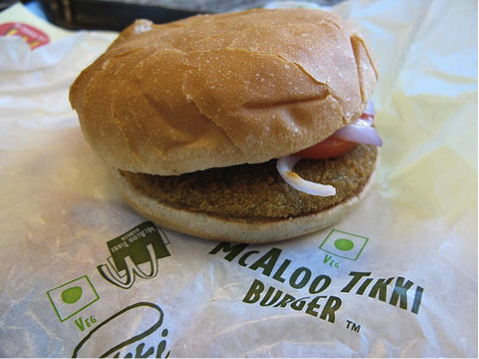
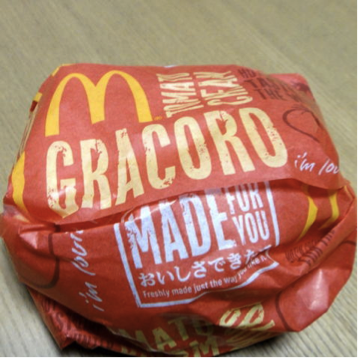
Global going local is not a cultural insight -
it is just Japanese Gracoro becoming an Indian McAloo Tikki
Too simplistic understanding of the lifestyle of a consumer gets translated into, for example, a healthy and balanced consumer who prefers to eat organic products and goes to specific grocery stores, will do some jogging or gymming regularly and therefore will buy shoes, clothes and specific products etc. Hand on heart even if you are a health freak have you not been tempted by your favorite poison, a sweet indulgence once in a while? Don’t you love to indulge your foodie side more than your healthy side?
We at The Key believe that it is not the understanding of isolated culture, lifestyle and instincts of a person that can give you deeper insights but those interpreted in two types of contexts (a) the past, present and emotional make up of the person/consumer and (b) the past, present and current reality of the brand/category that can lead to a complete understanding of his behavior as a consumer. Remember before we became consumers, we were humans.
To cite a case study that used all three principles stated above, read these interesting discoveries about alcohol drinkers:
Profiling a whiskey, vodka and rum drinker, The Key discovered that not only are the three different in mindset but also in physical appearance! The dark rum drinkers were happy-go-lucky and affable personalities who did not bother too much about their one or two imperfections in their physical appearance, notably, a receding hairline or an expanding waistline – something which was an anathema for the whiskey drinkers and perhaps not even a problem area for the vodka drinkers.
Rum drinkers are convivial, the least fitness conscious and are glib talkers while whiskey drinkers are well turned out as they spend a lot of time in perfecting their looks and are very conscious of the social company they keep – it has to spell class. Vodka drinkers on the other hand are experimentative with their looks, need like minded people around to engage in a spirited conversation on anything and everything.
Cool activities that rum drinkers prefer are high energy sports or fun games with friends and colleagues while the whiskey drinker prefers to learn new skills to surprise and impress others. The vodka drinker is technologically ahead of his peers and loves to explore new avenues and create something new.
Dovetailing Indian mythology and alcohol consumption in our historical past with the current discoveries of the new age Indian drinkers, it was interesting that the three drinks and their preferrers could be likened to The Holy Trinity
The most popular Gods in Hindu mythology are Lord Vishnu (whose incarnations of Krishna and Rama are the most popular) and Lord Shiva with Brahma coming a distant third (he has but only one temple in his name in Pushkar, Rajasthan). Our country has some thousand temples dedicated in a large part to Lord Vishnu, followed by Shiva and then Brahma. The three spirits in India that sell the most are Whiskey followed by dark Rum and then Vodka. The holy Hindu trinity of Vishnu, Shiva and Brahma are the representations of these spirits (Whiskey - 60%, rum - 25% and vodka – 1% respectively), their popularity and growth in India.
The constant tussle between who is the cooler God between Krishna/Rama and/or Shiva, also shows in the percentage growth of the two categories of IMFL – whiskey and rum year on year. While vodka/white spirits shall always fall behind in growth. It is in our culture. Even the profile of each type of drinker reflects the key traits of each God – his tasks, his image, his overall personality.
Just as Lord Brahma does not enjoy much popularity and devotion in India, vodka shall continue to show slow growth. (This research was done in 2006-7 and almost a decade later, the findings still hold true).




